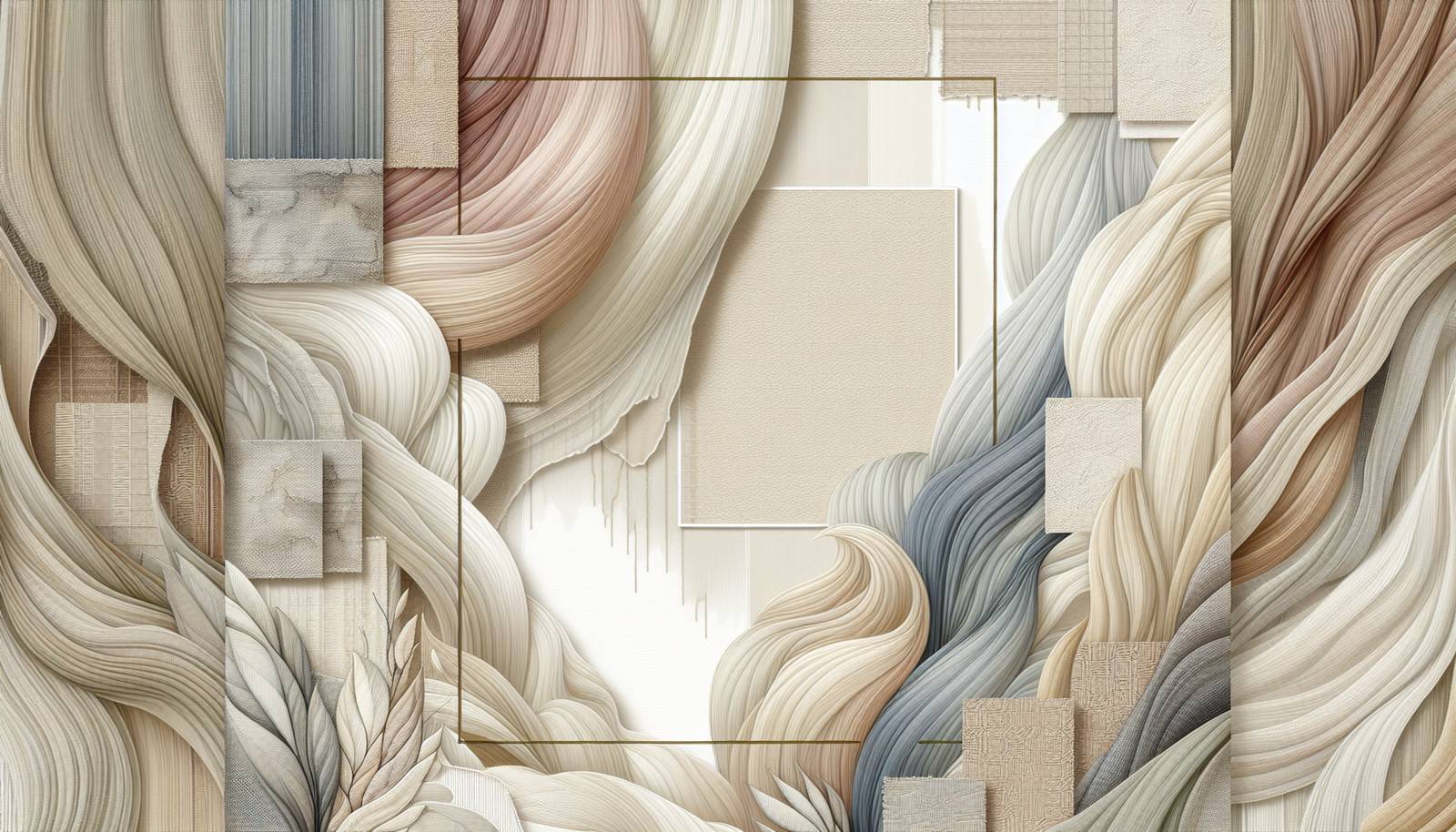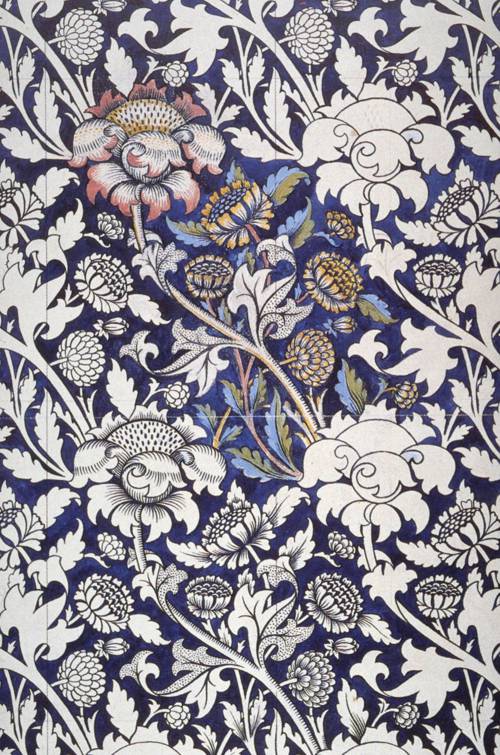
FAQ About The Aesthetic Impact of Textile Patterns on Fashion Design

What role do textile patterns play in fashion design?
Textile patterns play a pivotal role in fashion design as they determine the visual aesthetics and appeal of the garments. Patterns can convey cultural history, tell stories, and reflect current trends, all of which help designers create unique collections that resonate with diverse audiences. From florals to geometrics, the choice of pattern can impact the overall theme and style of a fashion line.

How do cultural identities influence textile patterns in fashion?
Cultural identities significantly influence textile patterns in fashion by incorporating traditional motifs, symbols, and color schemes that are specific to a particular culture or region. Designers often draw inspiration from cultural heritage to create patterns that not only respect and celebrate cultural diversity but also make cultural statements. This can be seen in the use of Scottish tartans, African wax prints, and Japanese kimonos, each carrying distinct cultural narratives and identity.

Why are certain textile patterns considered timeless in fashion?
Certain textile patterns are considered timeless because they have the enduring appeal that transcends fleeting fashion trends. Patterns like stripes, polka dots, and plaid have been popular across decades due to their versatility and adaptability. Their simple yet impactful designs can be easily incorporated into various fashion styles and continue to appeal to new generations, ensuring their longevity in the fashion world.

How do textile patterns affect fashion trends?
Textile patterns can set or reinforce fashion trends by aligning with current cultural moods, seasonal changes, or designer visions. When a particular pattern gains popularity in high-profile fashion shows, it often trickles down to mainstream fashion, creating widespread trends. Patterns like animal prints, tie-dye, or bold florals have periodically dominated fashion trends, showing the power of patterns in influencing what becomes fashionable.

What are some examples of patterns that have defined fashion eras?
Certain patterns are synonymous with specific fashion eras. For example, psychedelic patterns defined the 1960s counterculture, while bold, vivid geometric patterns were a hallmark of the 1980s fashion scene. The 1970s saw a surge in paisley patterns, while the flapper dresses of the 1920s often featured art deco designs. These patterns not only helped define the aesthetics of their time but also influenced cultural attitudes and lifestyles.

In what ways can textile patterns enhance the creativity of fashion designers?
Textile patterns enhance the creativity of fashion designers by offering a myriad of possibilities to experiment with visual elements like color, form, and repetition. Designers can use patterns to add depth, texture, and character to garments, enabling them to tell stories or convey messages through their designs. Moreover, unique pattern combinations can create fresh, innovative looks that set trends and elevate a designer's artistic expression.

What is the impact of digital technology on textile pattern design in fashion?
Digital technology has revolutionized textile pattern design in fashion by allowing designers to create intricate patterns quickly and efficiently. Tools like 3D modeling and digital printing enable experimentation with colors, scales, and repeats without the constraints of traditional methods. This technology fosters innovation, resulting in an expansive range of patterns that can be customized to suit specific design needs and reflecting modernity in fashion.

How do textile patterns contribute to brand identity in fashion?
Textile patterns contribute significantly to brand identity by serving as recognizable trademarks that distinguish fashion houses from one another. Iconic patterns like the Burberry check or Versace's bold baroque designs help establish brand recognition and consumer loyalty. Consistently incorporating distinctive patterns into a brand's offerings can strengthen its identity and make it memorable in the fashion industry.

What are some common types of textile patterns used in fashion?
Common types of textile patterns used in fashion include florals, stripes, checks, plaids, and geometrics. Animal prints, paisleys, and polka dots also frequently appear in fashion collections. Each pattern type offers unique aesthetic and functional qualities that can be used to create specific moods or styles, from classic and sophisticated to edgy and avant-garde.

How have textile patterns in fashion evolved over the centuries?
Textile patterns in fashion have evolved significantly over the centuries, influenced by technological advancements, cultural exchanges, and shifting social norms. Early patterns often had symbolic meanings and were hand-crafted, while industrial advancements introduced mass production and complex designs. Today, fashion reflects globalization, incorporating diverse patterns that merge traditional motifs with modern trends, creating a dynamic and ever-changing landscape.

What impact do fashion shows have on the popularity of textile patterns?
Fashion shows have a significant impact on the popularity of textile patterns as they showcase the latest trends and designs to a global audience. When influential designers feature specific patterns in their collections, these often become popular and inspire mass-market fashion. The exposure from fashion shows can elevate certain patterns from obscurity to mainstream acceptance, influencing what consumers wear.

How can consumers incorporate unique textile patterns into their wardrobe?
Consumers can incorporate unique textile patterns into their wardrobe by mixing and matching them with solid colors or complementary patterns. Key to this is balancing bold patterns with neutral or understated pieces to create a cohesive look. Accessorizing with patterned scarves, bags, or shoes can also add a distinct touch without overwhelming an outfit. Understanding personal style and experimenting can lead to stylish and personalized fashion choices.

Why are textile patterns important for cultural expression in fashion?
Textile patterns are important for cultural expression in fashion because they carry cultural narratives, values, and histories. Patterns rooted in cultural heritage allow for the celebration and preservation of traditions, providing a means for communities to express their identity and uniqueness. In fashion, these patterns can bridge cultural gaps, fostering appreciation and understanding across different global audiences.

Can textile patterns impact the perceived silhouette of a garment?
Yes, textile patterns can impact the perceived silhouette of a garment by altering perceptions of shape and volume. Strategic use of patterns, such as vertical stripes for elongation or bold prints for added emphasis, can enhance or downplay certain body features. Designers often use patterns to manipulate visual perceptions, achieving desired silhouettes without altering the garment's structure.

What are some technologies used in creating modern textile patterns?
Technologies used in creating modern textile patterns include digital printing, computer-aided design (CAD), and laser cutting. Digital printing allows for vibrant, complex patterns without the need for extensive setup, while CAD provides designers the ability to create detailed and precise designs. Laser cutting offers innovative ways to incorporate patterns through fabric cut-outs, adding an extra dimension to textile design.

How have globalization and cultural exchanges influenced textile patterns in fashion?
Globalization and cultural exchanges have greatly influenced textile patterns in fashion by enabling the blending and fusion of different cultural aesthetics. Designers are increasingly driven to incorporate global motifs and themes into their work, reflecting a diverse array of cultural backgrounds. This global influence results in fashion that is both eclectic and inclusive, bridging various cultures through shared fashion expressions.

What is the significance of patterns in high-fashion versus fast fashion?
Patterns hold different significance in high-fashion versus fast fashion. In high-fashion, patterns are often meticulously designed, reflecting unique artistry, cultural themes, and exclusivity. These patterns are crafted with attention to detail and are a key element of brand identity. Fast fashion, on the other hand, quickly replicates trends to meet consumer demands, often simplifying patterns for ease of mass production, and focusing on trendiness rather than exclusivity.

How do fashion designers balance traditional and contemporary patterns?
Fashion designers balance traditional and contemporary patterns by blending classic motifs with modern design techniques. This involves reinterpreting traditional patterns in fresh, innovative ways, such as altering scale, color schemes, or combining them with modern elements. The successful fusion of past and present can create unique collections that honor tradition while appealing to contemporary tastes.

What are some iconic fashion pieces known for their textile patterns?
Some iconic fashion pieces known for their textile patterns include Chanel's tweed suits, Missoni's zigzag patterns, and Pucci's psychedelic prints. Each of these pieces highlights the power of patterns in establishing a recognizable and lasting brand image. The distinctiveness of these patterns continues to captivate the fashion world, showcasing the enduring allure of well-designed textile patterns.
